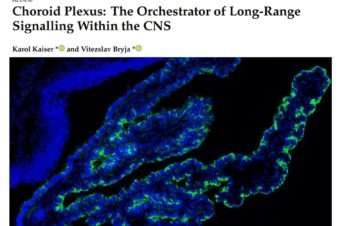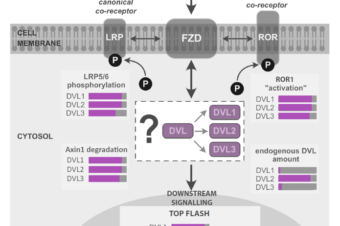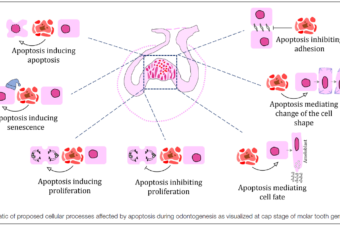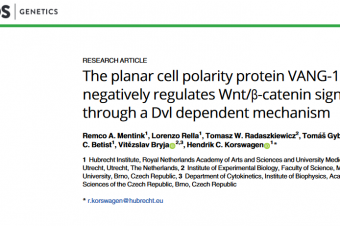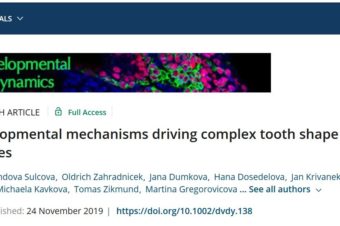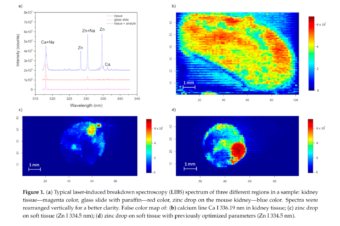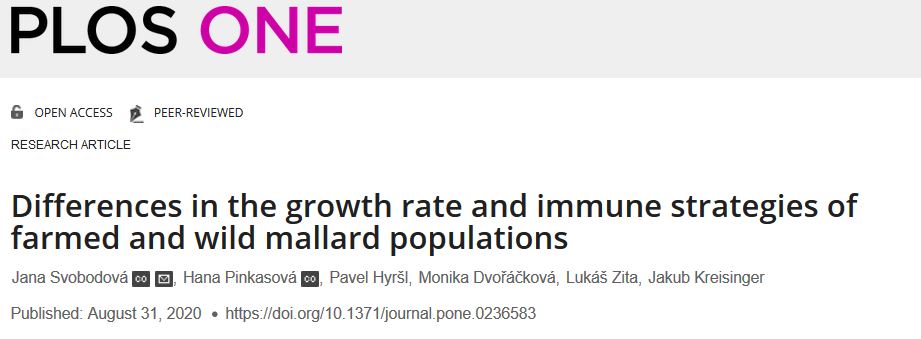
Individuals reared in captivity are exposed to distinct selection pressures and evolutionary processes causing genetic and phenotypic divergence from wild populations. Consequently, restocking with farmed individuals may represent a considerable risk for the fitness of free-living populations.
Supportive breeding on a massive scale has been established in many European countries to increase hunting opportunities for the most common duck species, the mallard (Anas platyrhynchos). It has previously been shown that mallards from breeding facilities differ genetically from wild populations and there is some indication of morphological differences.
Using a common-garden experiment, we tested for differences in growth parameters between free-living populations and individuals from breeding facilities during the first 20 days of post-hatching development, a critical phase for survival in free-living populations. In addition, we compared their immune function by assessing two haematological parameters, H/L ratio and immature erythrocyte frequency, and plasma complement activity. Our data show that farmed ducklings exhibit larger morphological parameters, a higher growth rates, and higher complement activity. In haematological parameters, we observed high dynamic changes in duckling ontogeny in relation to their morphological parameters.
In conclusion, our data demonstrate pronounced phenotype divergence between farmed and wild mallard populations that can be genetically determined. We argue that this divergence can directly or indirectly affect fitness of farmed individuals introduced to the breeding population as well as fitness of farmed x wild hybrids.
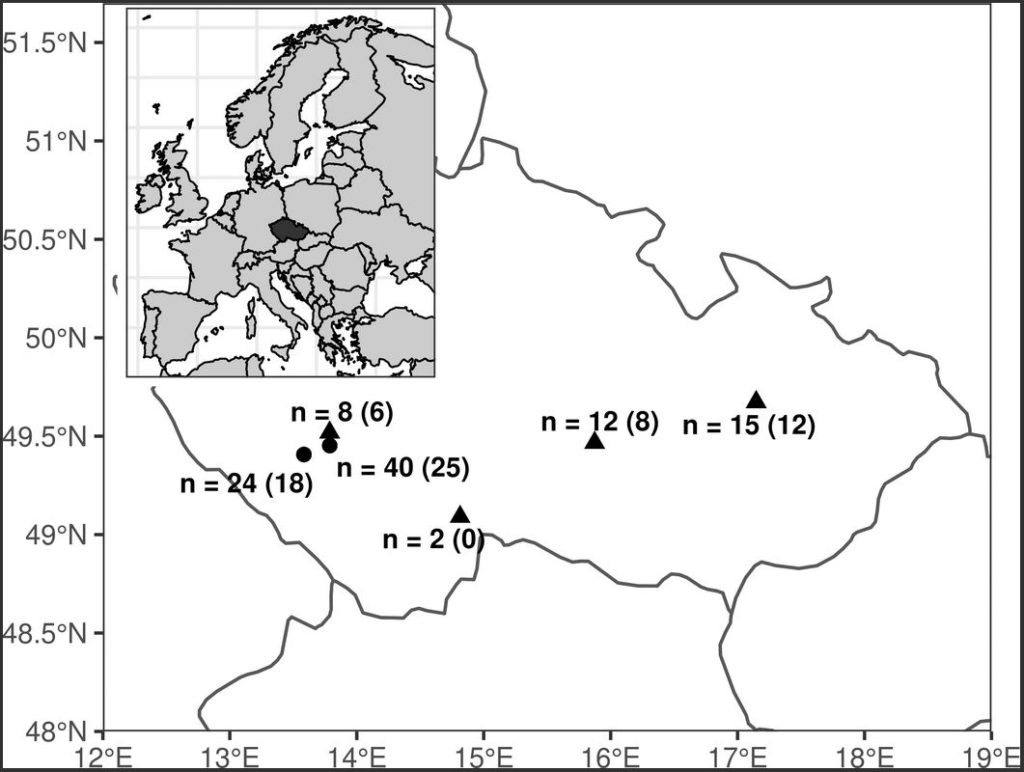
The geographical distribution of the localities (Czech Republic) where mallard eggs were sampled is indicated by triangles (free-living populations) or circles (duck game-farms).
